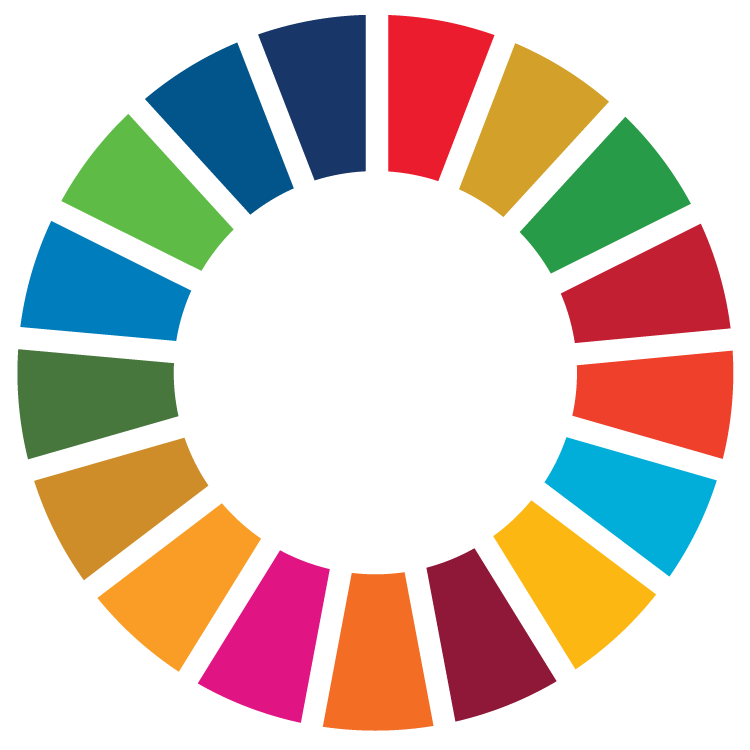Global Trade can play a key role
Currently, global trade acts as an amplifier to the triple planetary crises of climate instability, nature loss, and rising pollution. However, trade can contribute to sustainable development if trade policies align with environmental and social policies. The shift to sustainable production and consumption patterns creates new opportunities for environmental goods, services, and technologies - all necessary to meet the Paris Agreement and the 2030 Agenda. Yet, many countries lack the capacity to use trade as a vehicle for achieving sustainable development. View Inger Andersen, UNEP’s executive director, about how trade could contribute to sustainability.

The role of the UNEP Environment & Trade Initiative
The Environment & Trade Initiative serves as the delivery mechanism for UNEP's work on trade. It works at the intersection of trade, environment, and sustainable development, supporting countries in harnessing trade as a catalyst for green and inclusive economies. To achieve this, the Initiative works on greening global production and consumption by focusing on enhancing the design and sustainability of the value chains of key sectors, and facilitating market access for sustainable products. The Initiative provides policy advice, technical assistance, and capacity-building to align trade policies with environmental goals, helping nations transition towards sustainability. More about our key messages and how to contact us in our Fact File.
UNEP’s Value Offer on Trade
UNEP’s approach to environment and trade is guided by its Strategy on Trade for Environment and Sustainable Development. The strategy aims to strengthen trade’s role in tackling the three planetary crises - climate change, biodiversity loss, and pollution - by leveraging trade as a tool for environmental action and economic resilience. UNEP focuses on:
- Policy and Technical Advisory Services: Supporting governments in developing green trade policies, integrating sustainability into trade agreements, and ensuring trade policies contribute to environmental protection and economic inclusivity.
- Capacity Building: Enhancing institutional and technical capacities in developing countries to implement sustainable trade practices and align with international environmental commitments.
- Science-Based Knowledge and Tools: Producing research, trade flow analyses, and economic models to inform policy decisions.
- Influencing Global Trade Agendas: Engaging in key multilateral trade discussions at the WTO, regional trade agreements, and environmental negotiations to promote a mutually supportive trade and environment agenda.
The Environment & Trade Hub works across key areas:
1. Greening global value chains of key sectors
a. Textile Commodities Value Chains
Circularity and Used Textile Trade: Greening trade in used textiles.

The textiles industry is experiencing remarkable upward trajectory, with its value expected to reach US$1.6 trillion in 2023 and forecasted to double to US$3.3 trillion by 2030, despite the challenges brought on by the global pandemic in 2020. Textile and apparel exports serve as crucial economic drivers in countries such as Pakistan (59%), Bangladesh (85%), Türkiye (12%), and Egypt (11%) providing significant employment opportunities, particularly for women. The "Circularity and Used Textiles Trade" project is at the forefront of driving substantial change within the industry. By identifying key policy priorities, developing global guidelines for the trading of used textiles, collaborating with governments in Pakistan, Kenya, Ghana, and Tunisia, integrating innovative product designs and business models to enhance sustainability and resilience in the textile value chain, and establishing monitoring and evaluation mechanisms, the project is ensuring transparency and accountability in achieving its goals of transitioning towards a sustainable and circular textile industry.
More on UNEP's outcomes in the textiles trade.
b. Agriculture and food systems
Trade, Development and the Environment Hub

The UKRI GCRF Trade, Development and the Environment Hub, a five-year long consortium project, worked to make trade more sustainable for people and the planet. Led by UNEP-WCMC and involving over 50 organizations across 15 countries, the project examined global trade in wildlife, wild meat, and agricultural goods, focusing on their origins in Brazil, Central Africa, China, Indonesia, and Tanzania. UNEP’s Environment & Trade Hub contributed by supporting policy responses to green international trade in agricultural goods. The project outputs continue to inform strategies to balance economic growth with environmental sustainability.
UNEP’s outcomes from Trade, Development and the Environment Hub project.
c. Additional global Value Chains:




